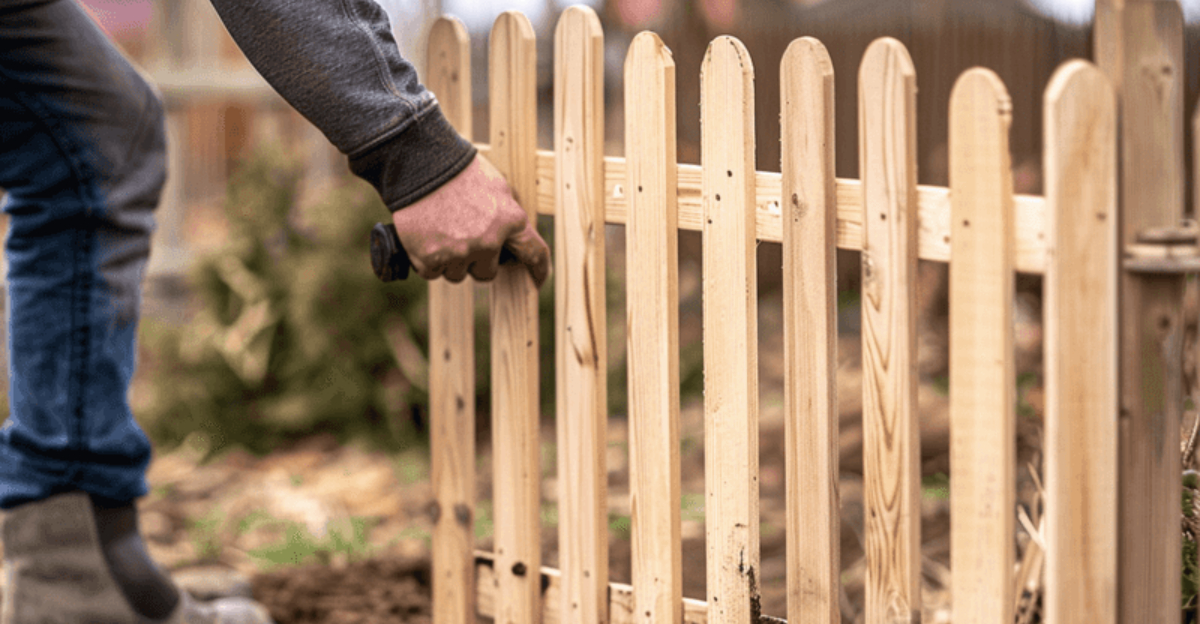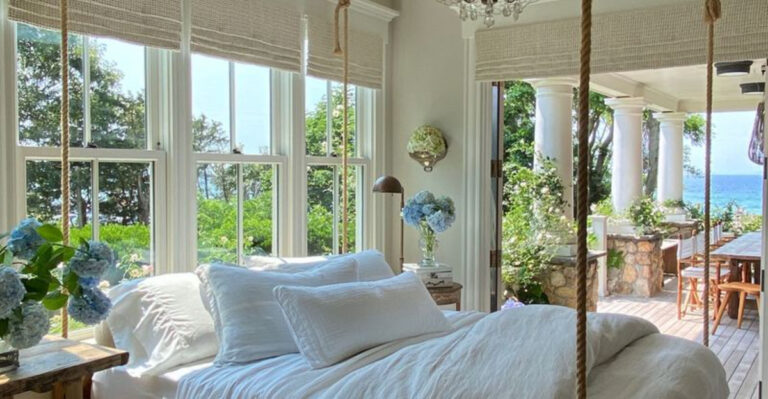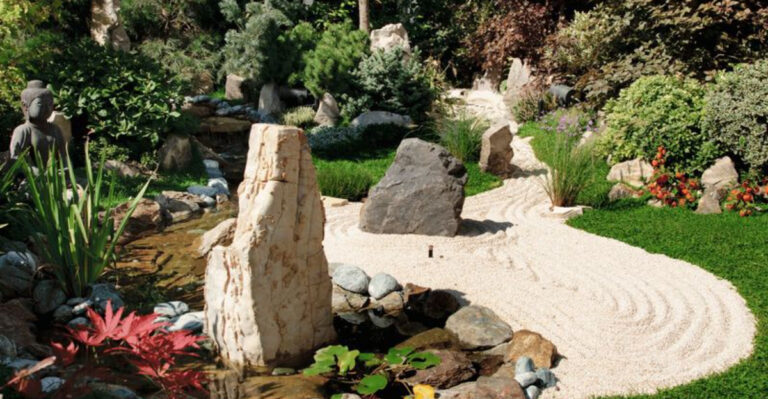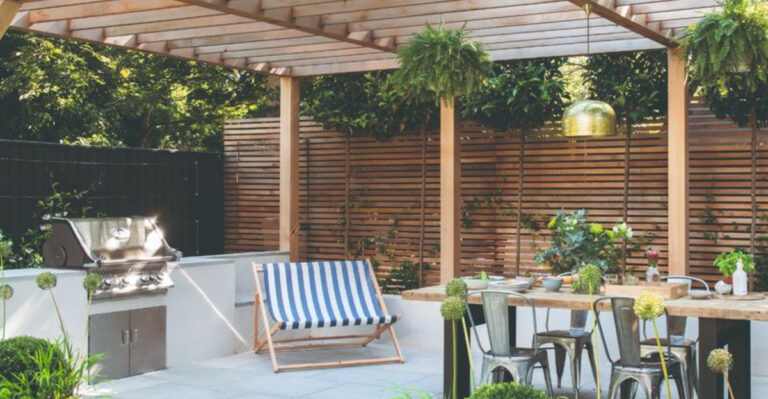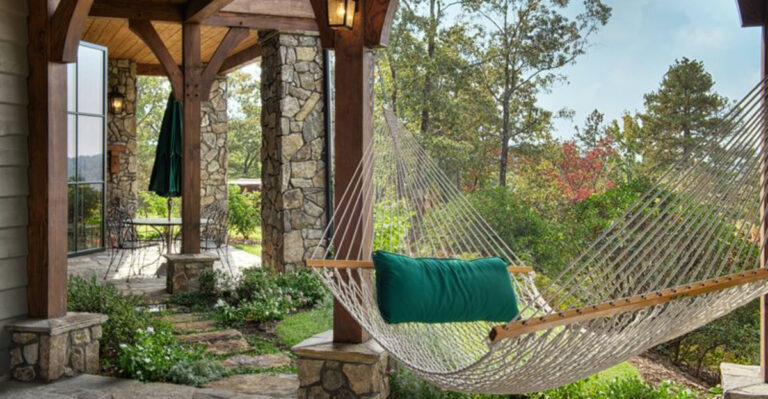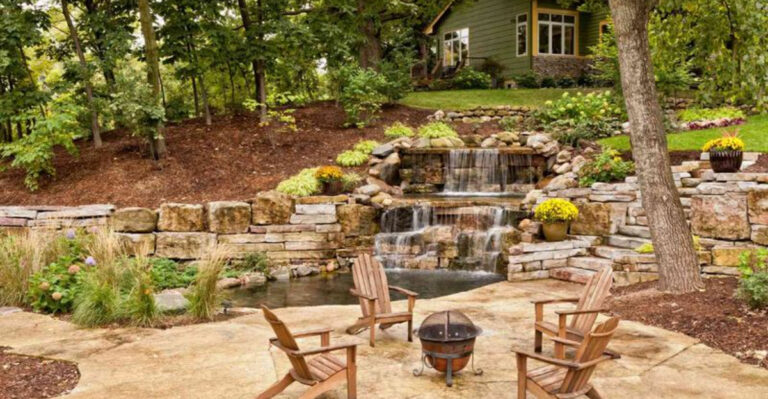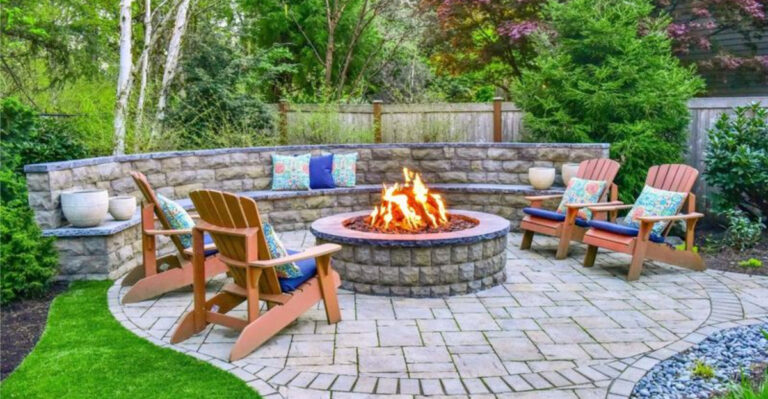8 Worst Fence Material To Avoid Plus 8 More Reliable Alternatives
Choosing the right fence material plays a crucial role in your property’s security, curb appeal, and long-term cost. While some options seem budget-friendly or trendy at first glance, they often lead to fast wear, high maintenance, and disappointing durability.
Certain materials are prone to warping, weather damage, or structural weakness—leaving you with more repairs than protection. On the flip side, a few well-chosen alternatives offer strength, longevity, and style without the constant upkeep.
1. Softwood Pallets
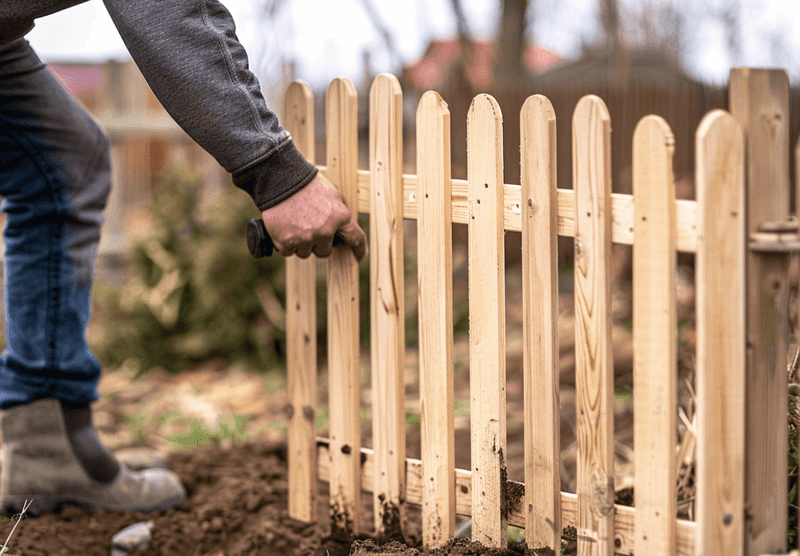
Repurposing pallets might seem wallet-friendly at first glance, but you’ll pay later. Pallet wood quickly warps, splits, and deteriorates when exposed to outdoor elements.
Most pallets are treated with chemicals for shipping purposes, not outdoor durability. Within a single season, you’ll notice unsightly gaps, loose boards, and potential safety hazards emerging throughout your property line.
2. Low-Gauge Chain Link

Flimsy and easily compromised, low-gauge chain link fencing bends at the slightest pressure. Neighborhood kids climbing over? Watch it sag within weeks.
Bargain chain link typically rusts quickly, creating unsightly orange streaks down your fence line. Security benefits are minimal since thin wire can be cut with basic tools, making your property vulnerable to unwanted visitors.
3. Vinyl in Extreme Climates

Sunshine isn’t always vinyl’s friend! In scorching heat, this material becomes brittle and can crack unexpectedly after just a few seasons.
Freezing temperatures cause similar problems as vinyl contracts dramatically, weakening structural integrity. When strong winds hit, poorly installed vinyl panels can pop out completely, leaving gaping holes in your boundary line.
4. Particle Board Panels

Rain turns these compressed wood chip panels into soggy, expanding sponges. Once moisture penetrates the thin protective coating, particle board swells dramatically and loses all structural integrity.
Even morning dew can initiate deterioration. The adhesives binding the wood particles together break down quickly outdoors, causing entire sections to crumble away like wet cardboard after just one rainy season.
5. Untreated Pine

Termites, carpenter ants, and wood-boring beetles will discover your fence faster than you can say “infestation.”
Without chemical protection, pine quickly develops fungal growth in damp conditions. The soft wood grain means posts start leaning within months as ground moisture wicks upward, causing rot that spreads throughout your entire fence system.
6. Thin Bamboo Screens
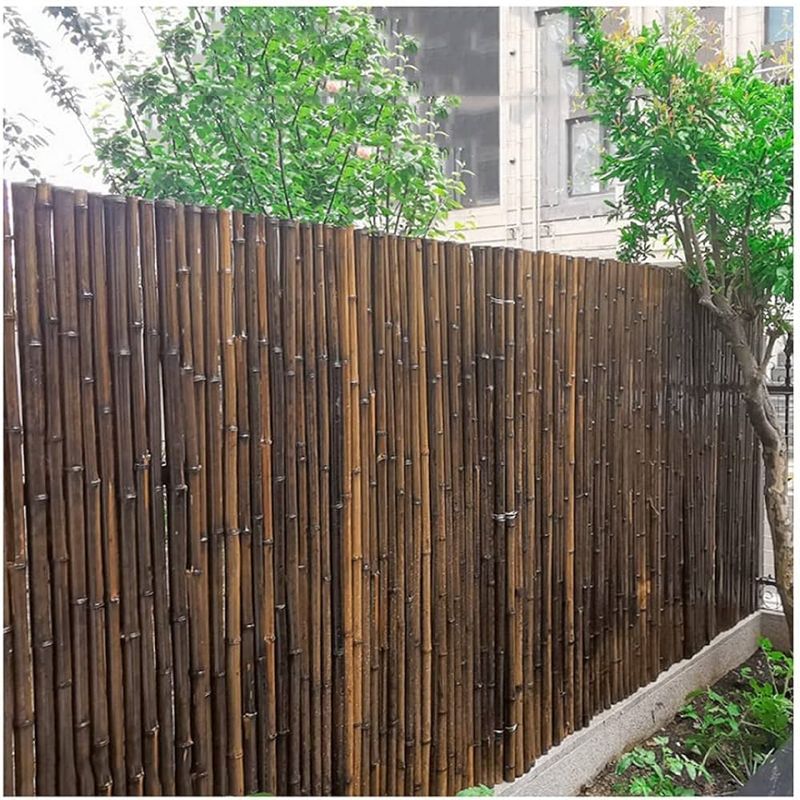
Thin bamboo screens crack, split and fade dramatically when exposed to seasonal weather changes.
UV rays quickly bleach the natural color to an unappealing grayish-white. Without proper preservation treatments, mold colonies establish themselves between the tight-packed bamboo stalks, creating not just an eyesore but potential health hazards for anyone with respiratory sensitivities.
7. Corrugated Metal Sheets
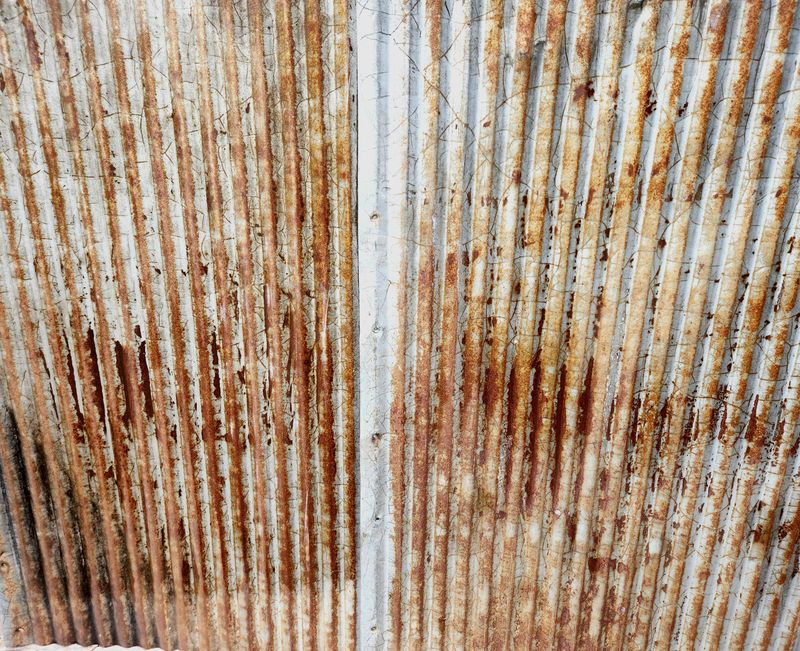
Razor-sharp edges make corrugated metal sheets a hazard for families with children or pets. Poorly installed panels develop dangerous protrusions as they shift and warp.
Sound amplification is another major drawback – rain hitting these panels creates a deafening drumming effect. Heat conductivity means summer temperatures near the fence can soar, killing adjacent plants and creating uncomfortable hot zones in your yard.
8. Plastic Lattice
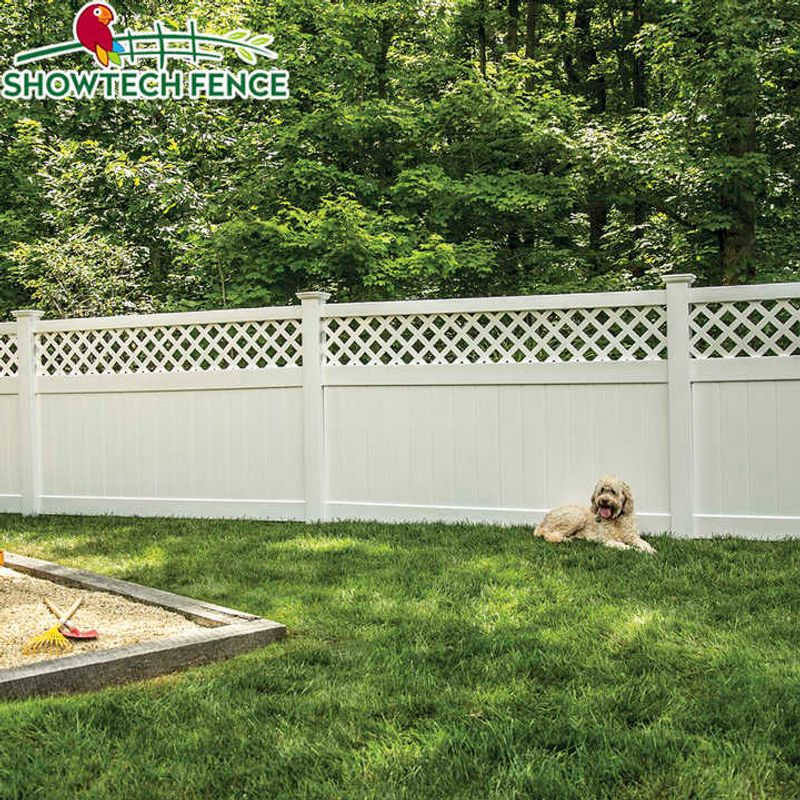
Sunlight turns flimsy plastic lattice brittle faster than you’d expect. Those decorative diamond patterns weaken structural integrity, making panels snap under minimal pressure.
Wind whistles through the openings, creating annoying noise while providing zero privacy. Color fading begins almost immediately, with bright white lattice turning an unappealing yellowish hue within months, making your property boundary look neglected and aged prematurely.
9. Cedar Wood Fencing
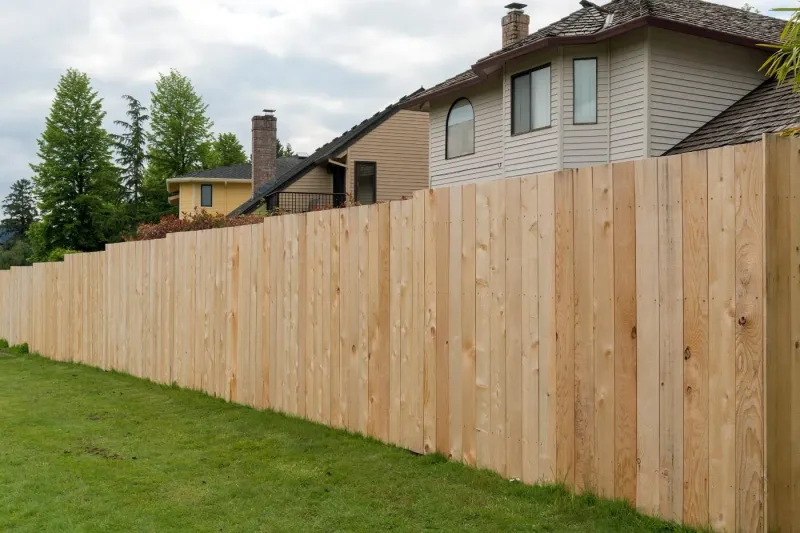
Natural oils in cedar act as built-in bug repellent, keeping termites and other wood-destroying insects at bay without chemical treatments. What a relief for eco-conscious homeowners!
Weather resistance comes standard with this aromatic wood. Cedar ages gracefully, developing a distinguished silver-gray patina over time that many homeowners find aesthetically pleasing while maintaining structural integrity for 15-20 years with minimal maintenance.
10. Powder-Coated Aluminum
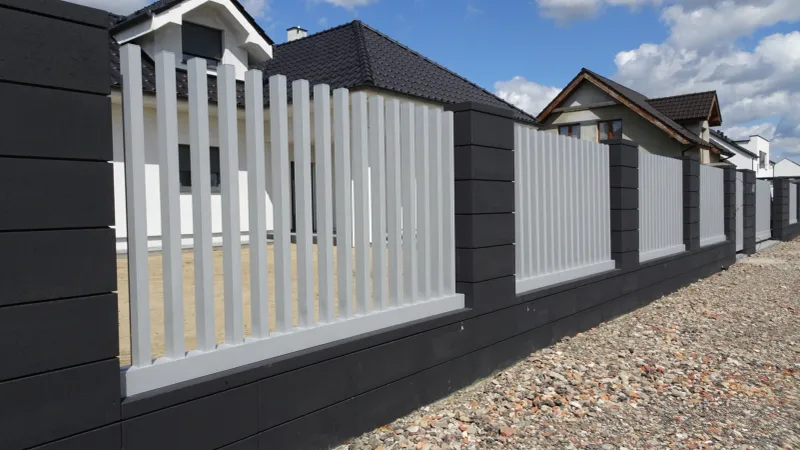
Virtually maintenance-free, powder-coated aluminum won’t rust, peel, or require repainting for decades. Busy homeowners rejoice!
Lightweight yet surprisingly sturdy, these fences withstand high winds without the bulkiness of steel. Color options abound since the powder-coating process allows for vibrant, long-lasting finishes that resist fading and chipping, maintaining curb appeal year after year without touchups.
11. Galvanized Steel Panels
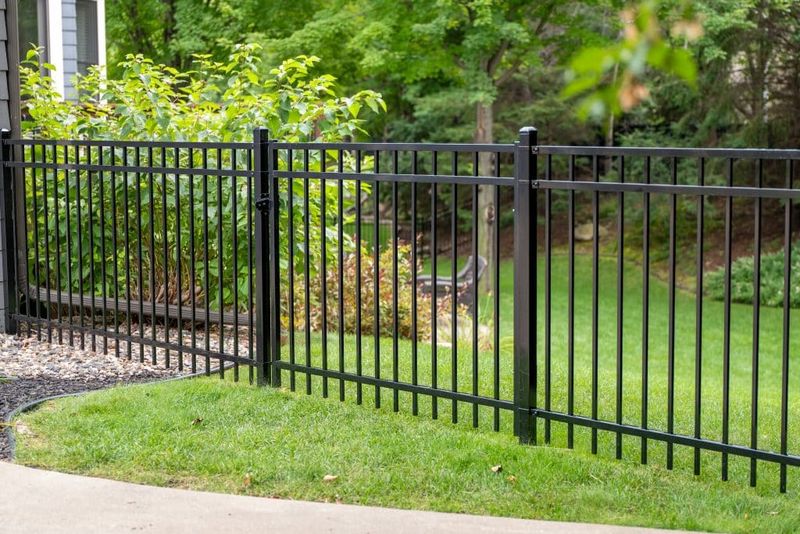
Storm-tested and virtually indestructible, galvanized steel panels laugh in the face of extreme weather. The zinc coating prevents rust formation, extending lifespan dramatically compared to regular steel.
Security benefits can’t be overstated – would-be intruders can’t cut through or bend these substantial barriers. Modern manufacturing techniques have introduced attractive design options beyond the industrial look, making steel increasingly popular for upscale residential properties.
12. Composite Fencing
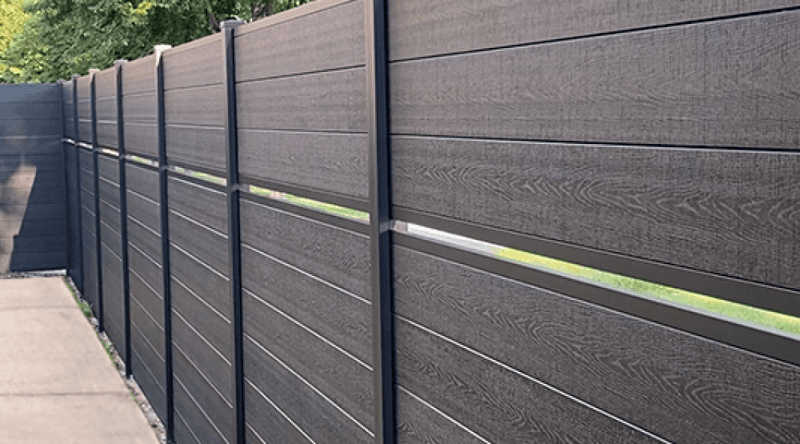
Mixing wood fibers with recycled plastics creates the perfect marriage of natural appearance and synthetic durability. Clever engineering eliminates wood’s weaknesses while preserving its aesthetic appeal.
Forget about splitting, warping, or annual staining rituals! Color runs throughout the material rather than just on the surface, meaning scratches remain nearly invisible. Many manufacturers offer 25+ year warranties, reflecting confidence in this innovative fencing solution.
13. Pressure-Treated Wood
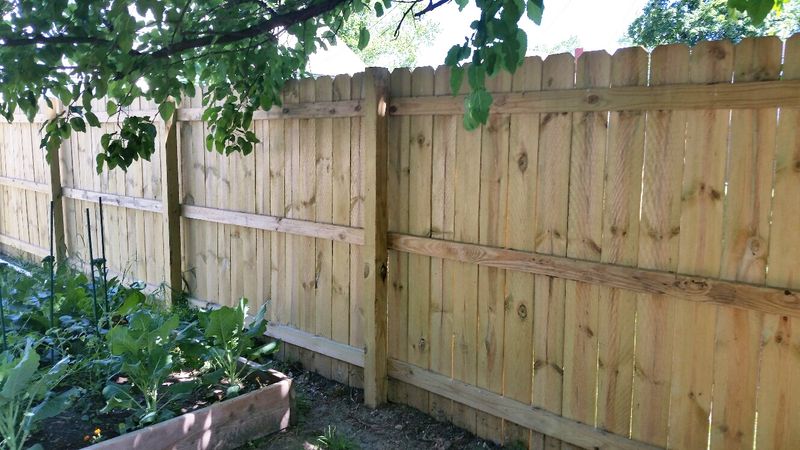
Chemical preservation forces rot-resistant compounds deep into wood fibers, creating a barrier against moisture and insects. Budget-conscious homeowners appreciate that pressure-treated pine costs significantly less than cedar while offering comparable longevity.
Modern treatment processes are far safer than older methods that used arsenic. Today’s pressure-treated lumber uses more environmentally friendly compounds that protect both your fence and your family from unwanted chemical exposure.
14. Brick or Stone Walls
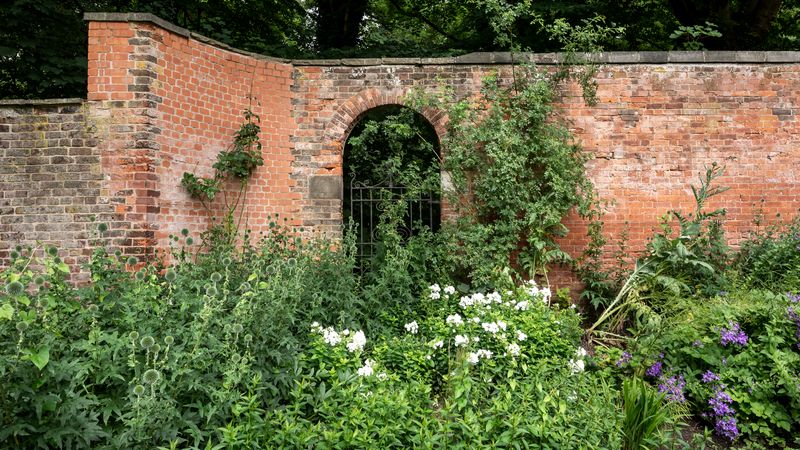
Century-long durability makes brick and stone the ultimate once-in-a-lifetime investment. Historical properties often feature original masonry boundaries that have outlasted generations of ownership.
Weather resistance reaches legendary status with these materials. Neither scorching heat nor freezing conditions affect structural integrity. Sound-blocking properties create peaceful sanctuaries even on busy streets, while the thermal mass helps moderate temperature extremes along property edges.
15. Wrought Iron
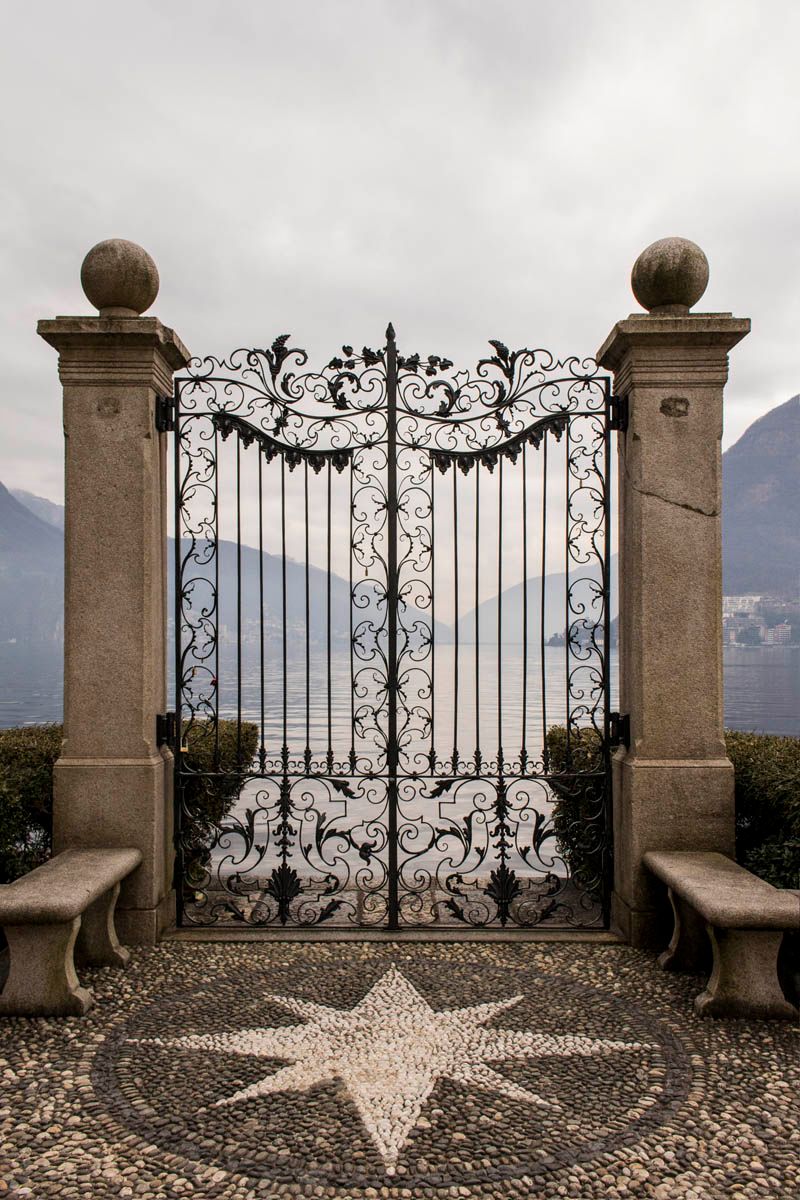
Aristocratic elegance defines wrought iron fencing, instantly elevating property value with timeless sophistication. Craftsman-formed scrollwork and finials create unique boundary statements impossible to achieve with mass-produced materials.
Incredible strength deters intruders while outlasting nearly every alternative fencing option. Well-maintained wrought iron can survive a century or more with occasional repainting. Modern manufacturing techniques have made this premium option more accessible to luxury-minded homeowners.
16. Hog Wire with Wood Framing
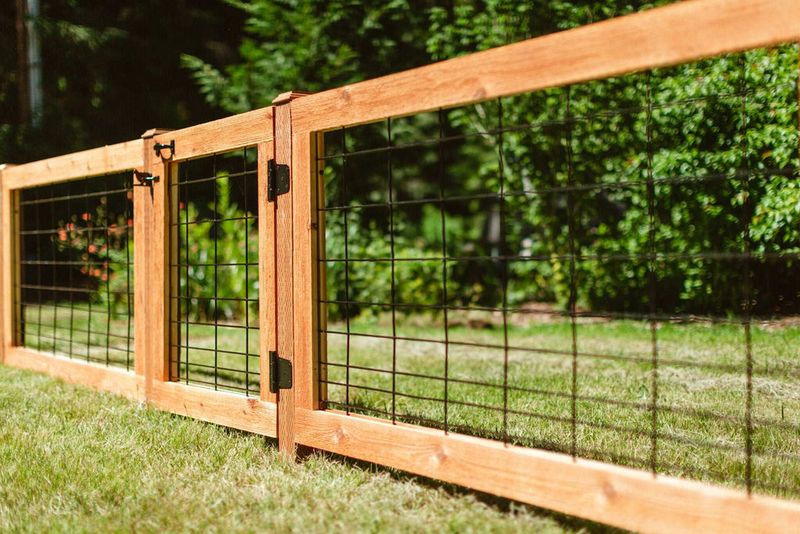
Galvanized wire panels resist rust while providing clear sightlines that make properties feel more spacious.
Pet owners particularly appreciate the escape-proof security without the visual heaviness of solid fencing. The wood frame components can be customized with various species and finishes, allowing for personal expression while the wire panels maintain their utilitarian durability for decades.

